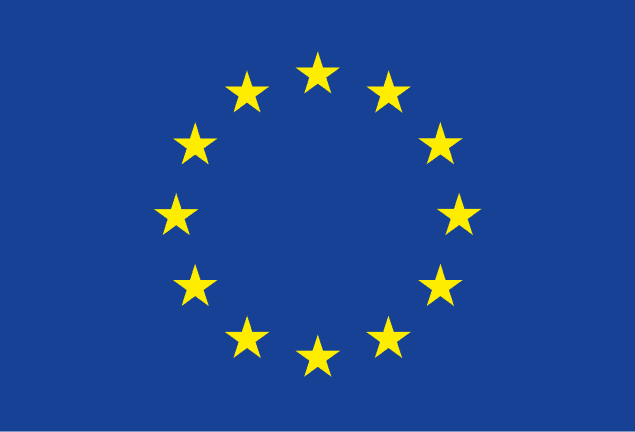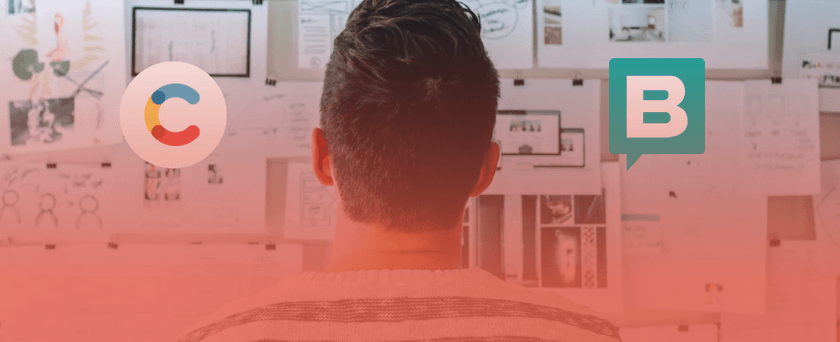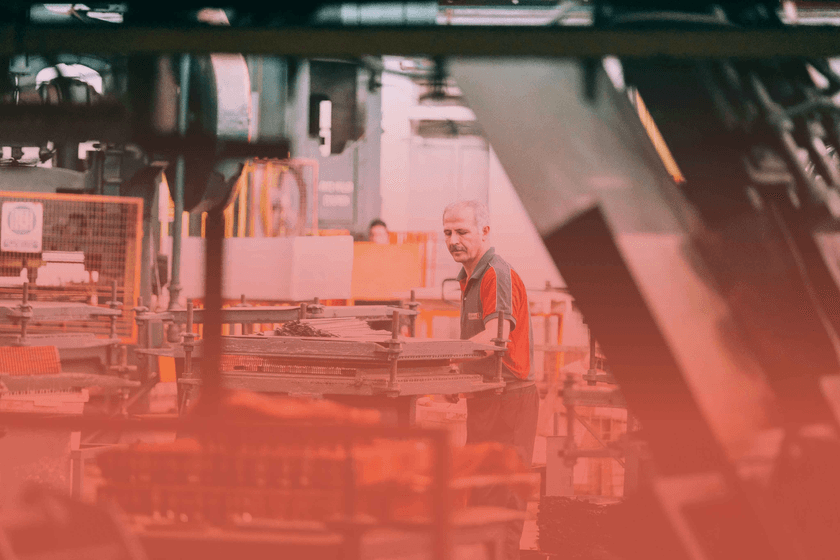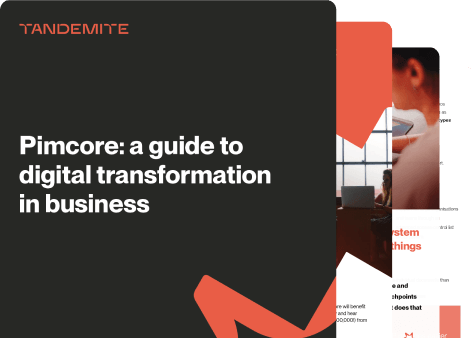Major pain points & must-have features of today's CMS. Headless CMS considerations

Many businesses spent countless hours battling the limitations of their CMS before realizing it was time for a change. Admitting that the CMS was a bottleneck in their content strategy was the first step towards digital transformation.
With the right CMS you can engage your audience like never. Understanding the pain points of current CMS platforms, alongside the features most valued by users, is essential. This knowledge can lead you to explore the potential of headless CMS.
5 pain points with today’s CMS platforms
Content management systems (CMS) are the backbone of many nearly every website. They are known for making team workflows smoother, underscoring the positive effects on work efficiency and overall productivity. However, these systems also come with challenges that can hinder progress. The most frequent issues include difficulties adopting new technology and concerns about security. Let’s take a closer look at these pain points and other related difficulties.
The new technology paradox
A CMS can often be a double-edged sword when it comes to incorporating new technology. On one hand, these systems are designed to be robust and user-friendly, but on the other, integrating the new tech tool turns out to be a cumbersome process.
CMS platforms are rich in features and adaptability, though they require a bit of technical know-how to set up according to organizational needs and get started, integrate with existing systems, and manage ongoing updates or security enhancements. Additionally, users usually find a new CMS challenging to use at first. Effective training and onboarding are necessary to help your team navigate the system.
There's no need to fear new technology. With the right implementation, CMS can lead to a total transformation in how your business operates.
Concerns about security
Security problems can compromise your data and harm your company's reputation and finances. Remember:
- Ensuring your website receives regular updates and security patches helps guard against vulnerabilities.
- CMS platforms that utilize plugins and themes need careful maintenance and must be developed following strict security practices to avoid risks.
- Mistakes in setting user permissions and authentication might grant excessive access, leading to potential unauthorized activities or data exposure.
Time-consuming processes
Despite their promise to streamline content creation and management, CMS tools can sometimes have the opposite effect and impact many areas of a company.
Wasted employee time.
Overspent budget.
Missed deadlines.
Certain CMS platforms come with complicated processes for creating, approving, and publishing content. Often, there are many steps or necessary approvals which delay the publication of content.
Dealing with complex interfaces or resolving conflicts with plugins can transform simple activities into time-intensive tasks, decreasing productivity and causing frustration among teams who need to act swiftly to take advantage of market trends or jump on content opportunities.
Features limitations
Each content management system offers different functionalities. While it may include your top-priority feature, others might be absent. For example, the CMS may effectively support websites in multiple languages but it may also fall short in managing complex user permissions. Additionally, some features lack the necessary flexibility or are too strict.
The scaling features of many CMSs still need improvement. Your content management system's limitations might restrict your business growth, leading to either compromised solutions or costly custom developments.
Inefficiency in team workflows
Editing on many CMS platforms is problematic when multiple users are involved. These platforms often fail to offer detailed version control and user-friendly tools for tracking changes, complicating the process of working together.
Good to know: CMS platforms need to be accessible to a variety of users (e.g. marketing, development, design, sales, HR). If the CMS offers limited user roles and does not allow for tight control over content access, editing, or publishing, it might lead to delays or unauthorized updates.
Over-reliance on developers
Frequently, more sophisticated CMS platforms demand a good deal of tech know-how, which makes marketers depend on developers for even slight modifications to the website. This dependency can be a hindrance to dynamic marketing teams that need to be quick and innovative. Administrators should have the tools to make immediate updates or test new concepts without a developer's help.
The content management system you choose should be user-friendly for people of all technical abilities, guaranteeing top performance for each user. Tools that include visual editors and simple interfaces help your team quickly update, experiment with, and adjust content as they need.
5 CMS features users say they need most
In 2024, users of content management systems are looking for specific functionalities that are either currently lacking or could be improved in existing software. Here's a dive into the key features.
Collaborative features
Collaboration features rank highly in must-have CMS elements. Consider a scenario where you're working with a mixed team of writers, designers, marketers, and developers. Modern CMSs that include collaboration tools streamline what used to be a complex process into an effective routine.
Features like real-time editing, comments, tags, and version control mean everyone can work on the document at the same time, safely, without interfering with each other’s input.
Plus, thanks to workflow capabilities all tasks undergo proper checks and approvals, ensuring that all content is ready and reviewed before it’s published.
Omnichannel approach
Businesses prioritize finding a CMS that can centralize tasks and support omnichannel strategy.
Dealing with several systems to manage content is not satisfactory. Ideally, they want to be able to publish and update content from one place for multiple platforms. The reasons? Consumers today use multiple touchpoints to interact with your company, so the content must be adaptable and automatically optimize itself for these different channels. Also, having a central CMS means less time spent on managing updates in various places.
Visual editing tools
There is a preference for CMS platforms among users that provide intuitive visual editing tools such as drag-and-drop functions, live previews of changes, resizing images with a click. Visual editing provides a user-friendly setup that allows everyone, regardless of their tech skills, to create and modify content. This smoothens the entire workflow and makes it easier to experiment with layouts.
Future-proof technology and easy integration
Sharing the fourth spot, these features emphasize the importance for CMS platforms to keep up with technological changes and integrate new tools smoothly without affecting existing operations.
Whether it involves CRM, marketing automation tools, or analytics services, the ability to integrate effortlessly is vital for a well-rounded digital marketing strategy. Users expect APIs and plugins that help connect their CMS with already-in-place systems to improve processes and add functionality.
Technology changes quickly, and so should a CMS. Users need platforms that work with today's tech and can adjust to new advancements that will emerge. Having future-proof technology also simplifies the work of your development team.
SEO features
Great content needs strong SEO to be seen. CMS platforms today should come equipped with built-in SEO tools that enable content optimization while it is being created. Think about the ease of updating meta tags, configuring canonical URLs, and crafting redirects, all without touching code.
* Recently, artificial intelligence (AI) has become a major trend. It is now integrated across various sectors, including content management systems. Now, users of modern CMS expect also AI-powered tools, such as automatic content tagging, image recognition, and personalized content recommendations, along with SEO recommendations and real-time translation.
Which content management systems are businesses favoring now?
We base our information on the findings from Storyblok's report “The State of CMS 2024” and their data sample.
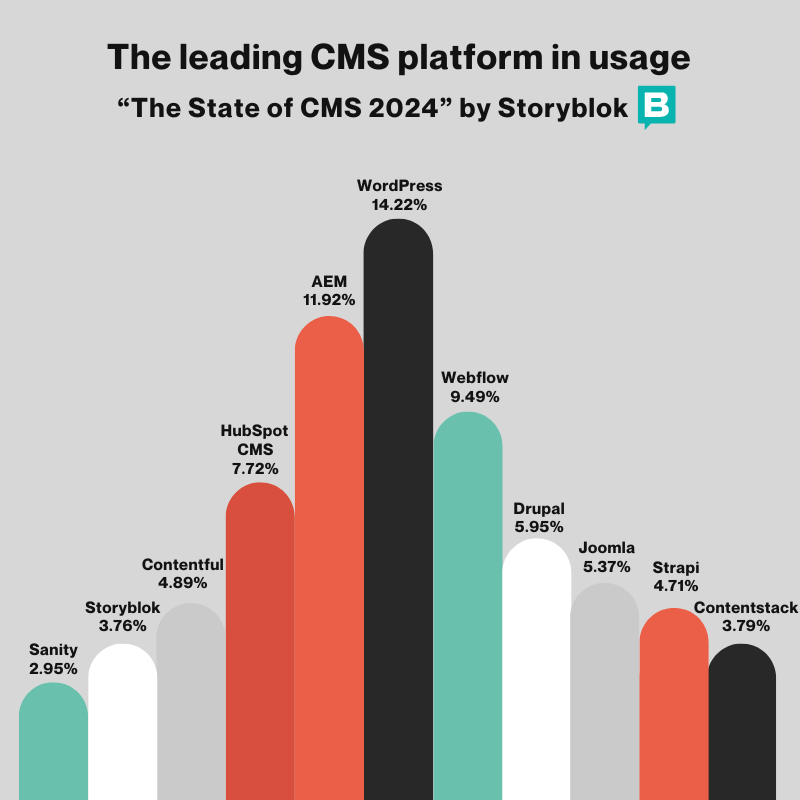
According to Storyblok's report, WordPress continues to dominate the CMS landscape, serving everyone from individual bloggers to large businesses. Recently, though, we're seeing a trend where users are starting to look for alternative platforms that provide more modern and flexible options.
Coming in after WordPress, Adobe Experience Manager (AEM) holds the title of the second-leading CMS. Large companies prefer AEM for its powerful scalability and easy integration with existing Adobe products. Webflow ranks third.
This year, headless CMS platforms like Storyblok, Contentful, Contentstack, and Sanity are becoming highly popular in the CMS world. These platforms, which separate content management (backend) from content delivery (frontend), give developers the opportunity to build more appealing and swift websites and ensure content can be pushed to different channels seamlessly.
While monolithic CMSs still represent 41% of the market, the decline from 48% in 2023 indicates a trend towards more dynamic systems. This change doesn't eliminate traditional CMSs but rather expands the selection of tools that accommodate everything from small personal blogs to complex digital experiences.
Whether you stick with WordPress or venture into new headless technologies, the crucial factor is how you adjust these tools to suit your specific digital strategies.
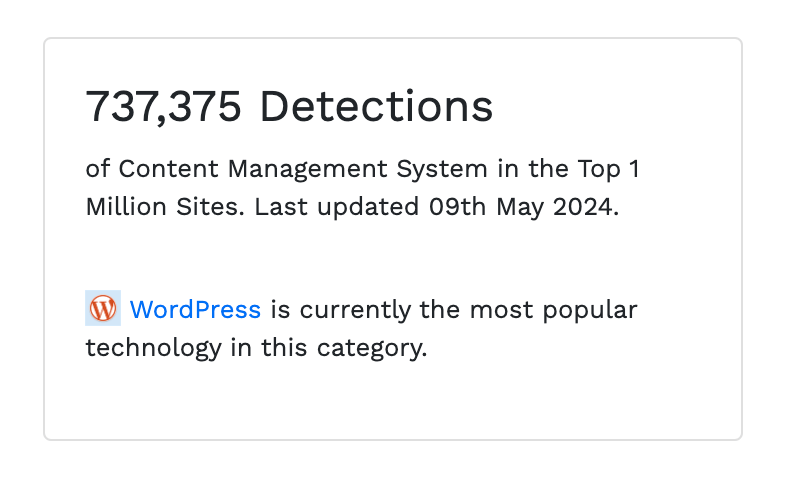
Source: https://trends.builtwith.com/cms
What is the difference between a traditional CMS and a headless CMS? You will find the answer in our article.
Remember, a CMS is not just a tool but a part of your strategic foundation in digital marketing. Choose wisely, use wisely.
Headless CMS possibilities for your business
A headless content management system marks a significant change by fixing the big issues with traditional systems. Many benefits come with using headless CMS, which is why more people are switching to it. Let's unpack this a bit, shall we?
1. Faster development cycles and increased flexibility: Flexibility is the name of the game in modern web development, and headless CMS plays it well. It doesn’t force you into a specific technology stack. Since the presentation layer is separate from the data and logic layer, developers can utilize their favorite frameworks and tools to create the front-end, independent of the CMS’s technology. This decoupling means also that they can work on the website interface without interfering with the content management system and vice versa, speeding up the development process.
If you would like to know what you should be ready for when using Headless, check our article.
2. Scalability and performance: Many users believe that a CMS should be simple, fast to launch, and affordable. However, they forget about one crucial aspect – they often run into problems when trying to scale up. What makes scalability so important? Because it enables growth. As your company grows, you'll likely want to reach new audiences through different channels. Want to launch on a new platform? No problem. With a headless system, your content is ready to go wherever you need it without any extra hassle. The separation of the backend and frontend simplifies pushing content to new areas, like mobile apps, VR headsets, or even yet-to-be-invented digital platforms.
In the realm of headless content management systems, scalability means also the system can perform well under pressure. It manages sudden increases in visitors or content loads, staying stable and quick whether it's during Black Friday rushes or when content goes viral.
3. Reusing consistent content: A headless CMS stores your content in one central repository that isn't tied to any specific front-end. This setup means you can write, edit, and manage your content in one place, and then publish it across any platform seamlessly.
Now, why is this beneficial? First off, consistency. Whether your customers are scrolling through your mobile app or browsing your website, they get the same information, tone, and branding. After all, the right tools not only make your work easier but also elevate your content to meet the high standards your audience expects.
Secondly, efficiency. Updating content becomes a breeze. You make a change once, and it updates everywhere. No more going through each platform for updates.
4. Enhanced security: Headless systems reduce security risks, as the content delivery environment is isolated from the content management systems. Even if attackers compromise the front-end, the damage is contained, preventing them from accessing the back-end where your critical data lives. It's like having a fortified gate that keeps the villains out of your castle! Moreover, implementing a headless CMS allows you to use modern frameworks known for their robust security features.
At Tandemite, we specialize in leveraging the power of headless technology to streamline your content management processes. Our expertise encompasses 3 headless CMS tools: Storyblok, Strapi, and Contentful.
Whether you're looking to enhance your digital experience or simplify your content operations, our team of experts is here to help. Get in touch with us today to schedule an obligation-free chat with one of our specialists and discover how we can elevate your content management strategy to new heights.
